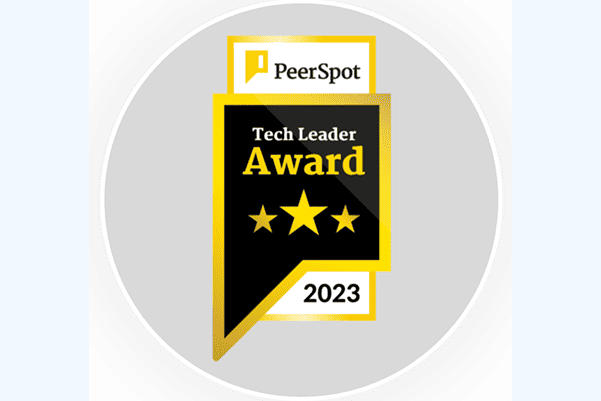
I&O Leaders—What You Need to Know About Cloud-Based Disaster Recovery
Get the Facts on Moving to Cloud-Based DR
Cloud-based disaster recovery (DR) is the most popular choice across all levels of system availability for more than 300 IT organizations worldwide, and this number is expected to continue growing. Cloud-based DR is already the de facto standard for recovery of mission-critical data and applications across many industries and regions. However, if you have yet to make the move to cloud-based DR, the process of transitioning can seem a bit overwhelming. Based on What I&O Leaders Need to Know About Disaster Recovery to the Cloud, research by Gartner for I&O leaders seeking information on cloud-based DR, it doesn’t need to be that way. Highlights of their findings, as well as some of their recommendations make this process much easier.
Why Make the Change?
Why has cloud-based DR become the standard for businesses all over the world? There are two primary benefits of using the cloud for DR over traditional site-to-site replication: significant financial savings and dramatically reduced Recovery Time Objectives (RTOs).
The reduced cost of cloud-based DR becomes clear when examining the costs of site maintenance and hardware over extended periods of time. These costs persist regardless of the amount of time over a period that the recovery site is used. With cloud-based disaster recovery, however, not only are you saving on these upkeep costs, but you can also choose a payment model in which you only pay for the storage you need when you need it. Because of this pay-per-use model, all the upkeep and hardware costs associated with traditional site-to-site recovery quickly eclipse the price for similar cloud-based DR.
In addition to being more cost-effective, the cloud also enables RTOs that traditional backup can’t match. More than half of businesses have applications that demand RTOs of less than four hours, even for only moderately important processes. Traditional options such as tape-based recovery simply cannot recover an entire site within that timeframe. Because cloud-based recovery works on an application-specific basis, however, these times are not only possible, but easily beatable in most cases.
Expert Recommendations for an Easy Transition
Sure, these benefits sound great—but the challenges that come with making the change are often what keep organizations from abandoning their old site-to-site recovery solutions. But, we believe, these research-backed tips can simplify the process while ensuring your company is prepared for the switch.
- Decide which applications should be moved to the cloud by using existing recovery tiers as a starting point. Avoid hybrid applications that will span a DR site and the cloud for simplicity.
- Invest in the acquisition and development of new cloud skills, as well as new tools that enable the replication of individual VM images and application components to the cloud.
- Budget for more extensive DR testing to gain the confidence required to leverage your new cloud-based DR once it’s needed. This includes refactoring the scope of failover to be application-specific instead of VM-specific and can be streamlined by investing in orchestration tools and virtual networking technologies that automate more complex failover scenarios.
- Save money by aligning a move to the cloud with a scheduled hardware refresh so that existing hardware investments are maximized—and so that funds allocated to new hardware can instead go toward new software and training for cloud-based DR. Also make sure to use an on-demand payment model over reserved capacity when possible to maximize savings.
While the change to cloud-based DR will be a major shift for your organization, we hope these tips can help you decide if making the move is right for your company—and ease the transition if you do.
Want more information on the benefits and challenges of switching to cloud-based DR? Read the full research paper: What I&O Leaders Need to Know About Disaster Recovery to the Cloud to see all the data—and get more expert advice on how to make the move.
*Gartner, What I&O Leaders Need to Know About Disaster Recovery to the Cloud, Nik Simpson, 27 November 2019


